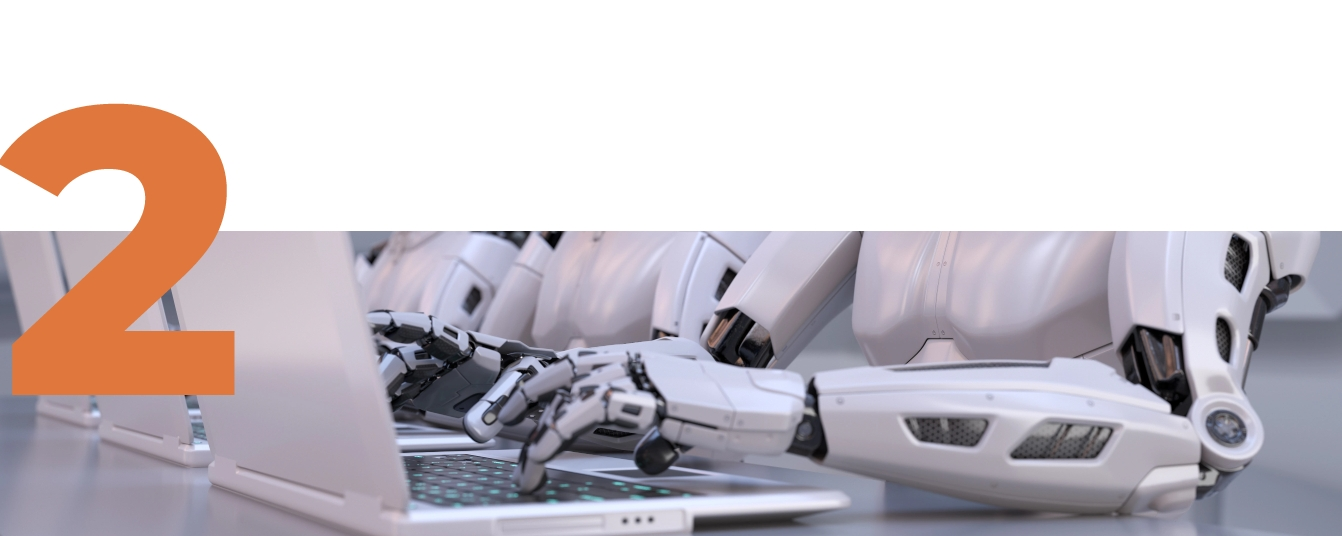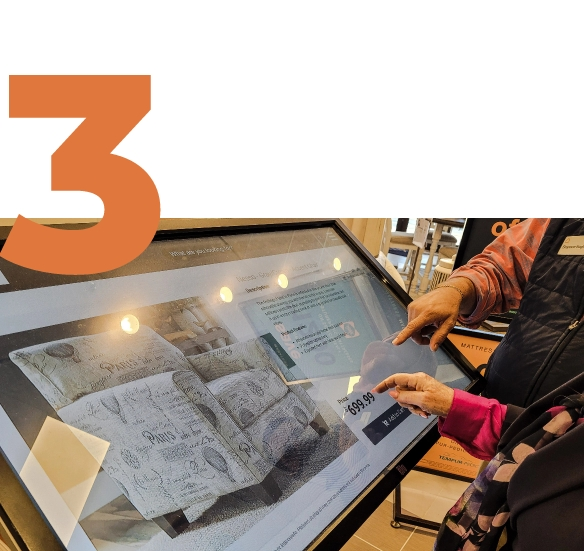Garner, the leading consulting and research company in the technology market, has identified hyper-automation as one of its trending strategies. This term refers to a tactical business-driven approach that organizations and business entities use to automate business processes. It involves all inclusion processes, from identifying and assessing to choosing the most appropriate process to automate. In other words, hyper-automation is a strategic endeavor that creates a digital twin in the organization.
Hyper-automation is a critical factor in most industries, as it assists digital transformation by eliminating human involvement in low-value processes. It utilizes the IBMP (Intelligent Business Process Management) strategy tool to manage an organization’s process and workflow. Organizations that require seamless operations should definitely use this technology.
Hyper-automation involves the use of several tools or technology platforms:
When a business decides to rapidly identify, vet, and automate processes, it not only eliminates repetitive and manual tasks, but also obtains the following advantages:
However, there are also some drawbacks to the approach, the most common being the high cost of implementation. In addition, hyper-automation transitions are a long process, which makes it a difficult task for small businesses.
Although implementing hyper-automation in a small business can be a long process, it’s not an impossible one. One must simply take into account the company’s various tasks—and it doesn’t matter if it’s a small company or a consolidated organization.
A business can automate subscriptions, business travel, company banking, and customer processes, as well as privately manage information and find potential customers based on website visits. Hyper-automation can be implemented in any number of a company’s tasks:

This includes processes such as receiving, processing, and paying invoices to suppliers. Done manually, this can be time-consuming, there is an increased risk of errors, and it can be costly. Machine learning and document extraction technologies can be implemented to automate these processes.

There are three technologies involved in fully automating the handling of customer requests:

Every company has different needs when it comes to processing documents, whether invoices, purchase orders, medical reports, etc. Businesses can use hyper-automation to optimize tasks such as information generation, extraction, and validation, thus maintaining an orderly document content and obtaining the desired document format.
Industries have adopted various ways of using this automation protocol. Here are some of the industries that use it:

The core tasks of a financial organization include regulatory reporting, lending operations, back-office operations, payment operations, etc. Intelligent AI systems carry out all these processes and even go further by identifying malicious actions in the system.

Many hospitals and clinics use digital nurse avatars to talk to patients as the first consulting action. Automation also makes it possible to keep an intelligent record of medication billing.

Hyper-automation helps mechanize the management of orders, payments, and inventory management. Automation helps to counter risk options and document events; an example would be a supermarket.

One of the busiest industries in the world is the insurance industry. To cope with the inherent tasks, insurance companies require smooth transition work processes. In this business sector, automation is used for claims processing, fast access to intelligent information, data entry tasks, and comprehensive system checks.
In a fast-paced digital landscape, hyper-automation offers businesses the right tools to optimize and future-proof their operational processes. This is the next logical phase in the automation industry, and accepting the potential of an automation-and-human partnership would go a long way to achieving a company’s business goals.
August 11th, 2022
Liked this insightful article for your business’ future? Why not share it with a friend or two so they also start preparing for the Metaverse? 😉
Want to get updates on our latest blog posts and offers? Join our Wiresurfer Newsletter for this and more 😉